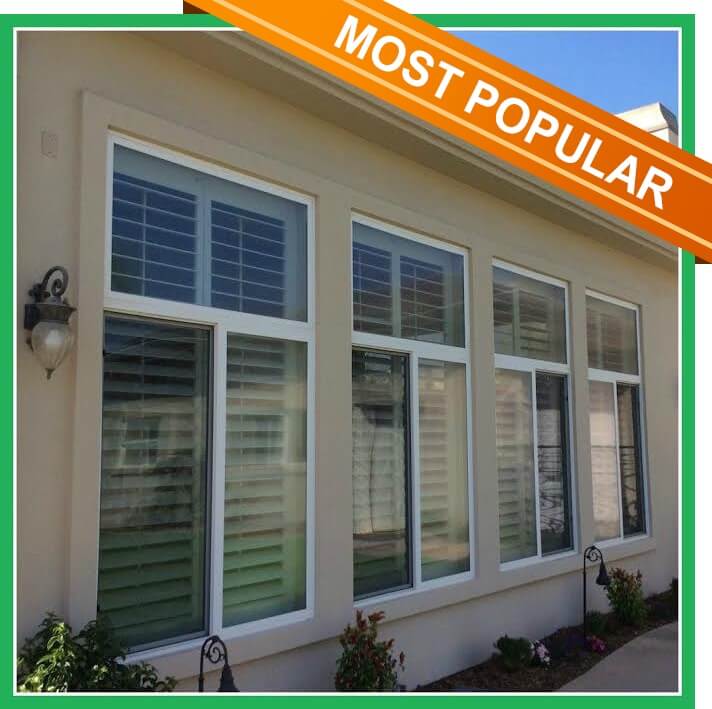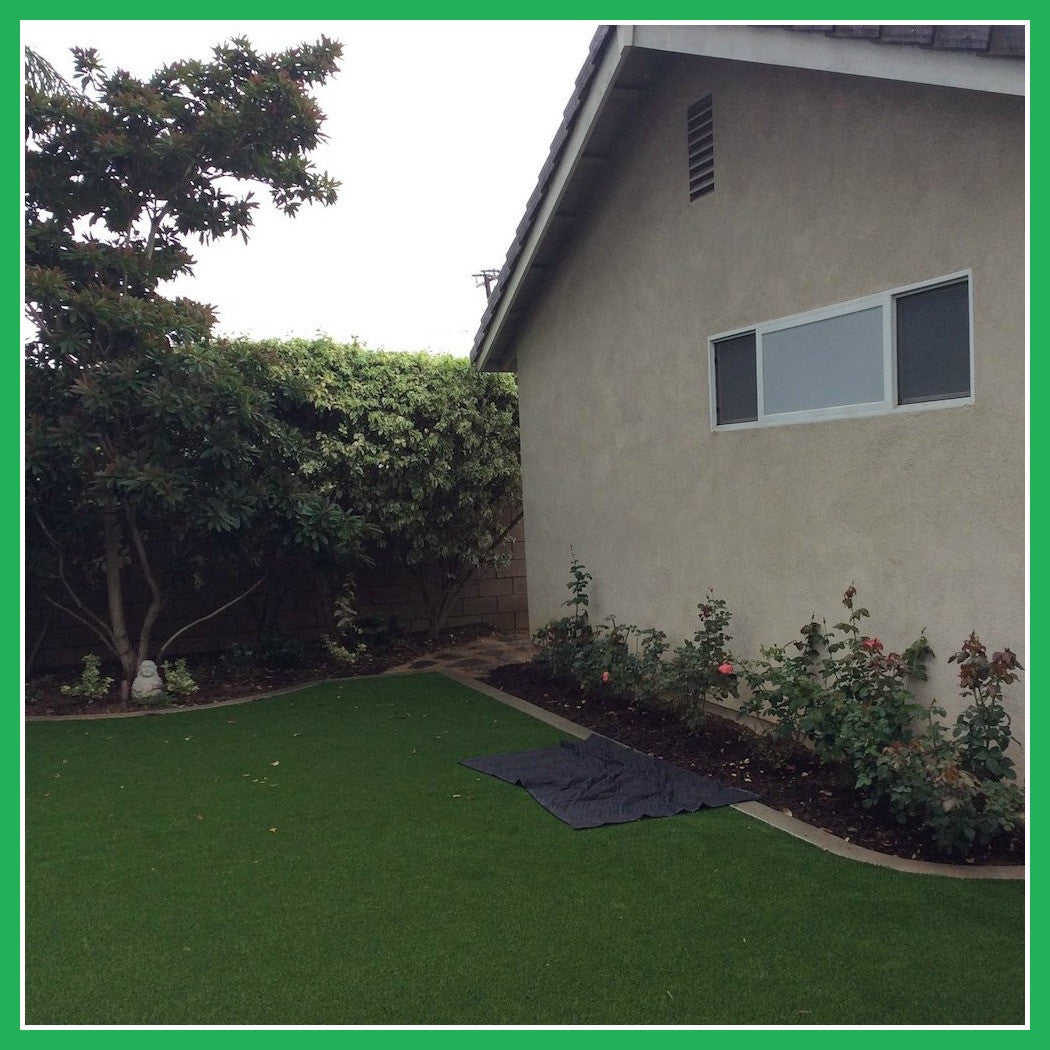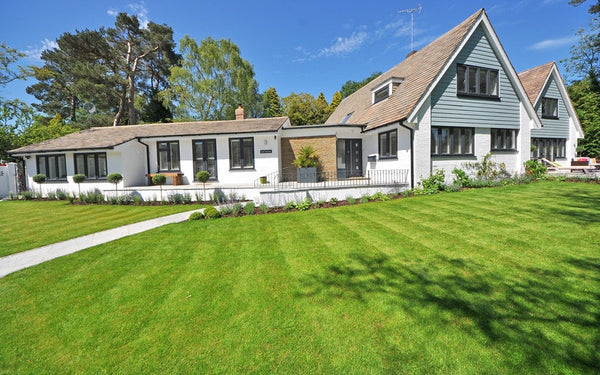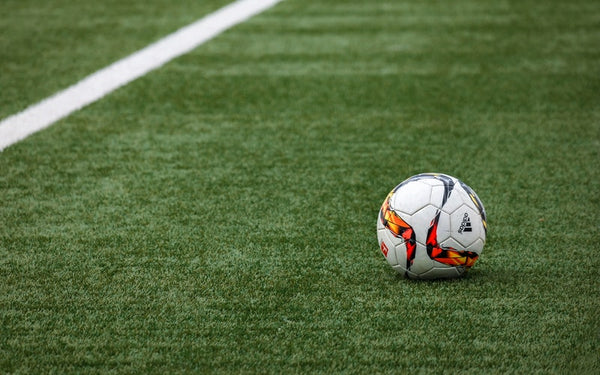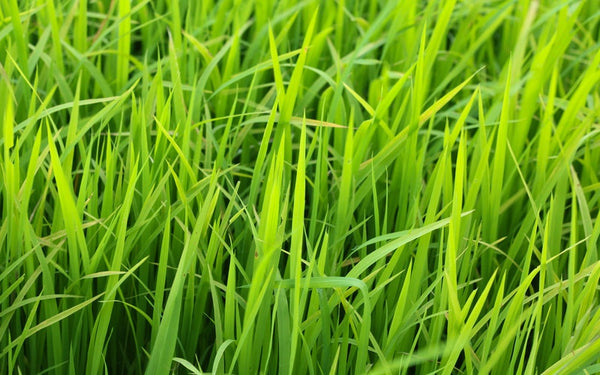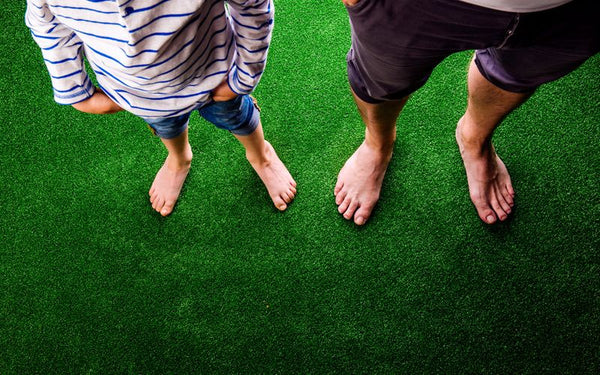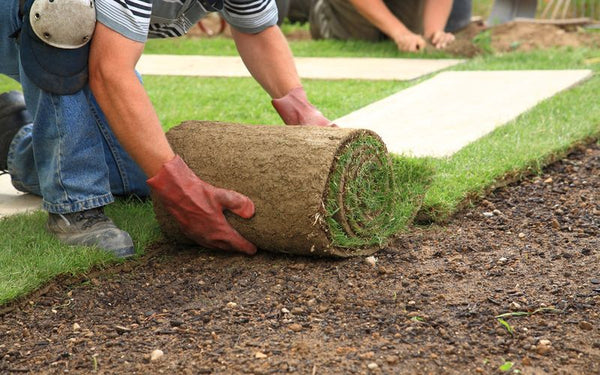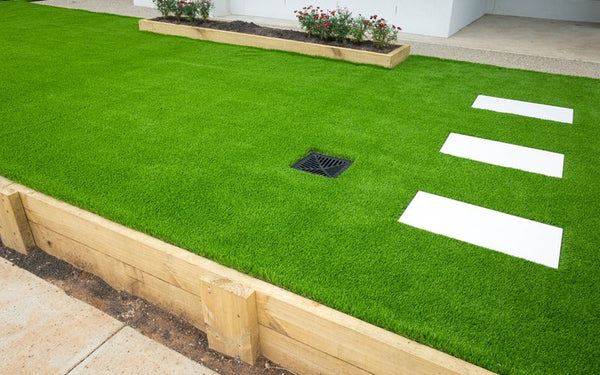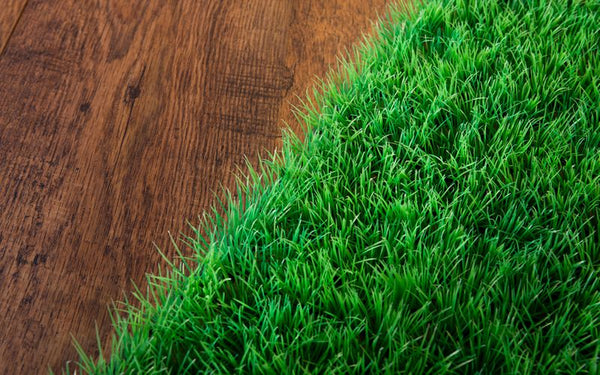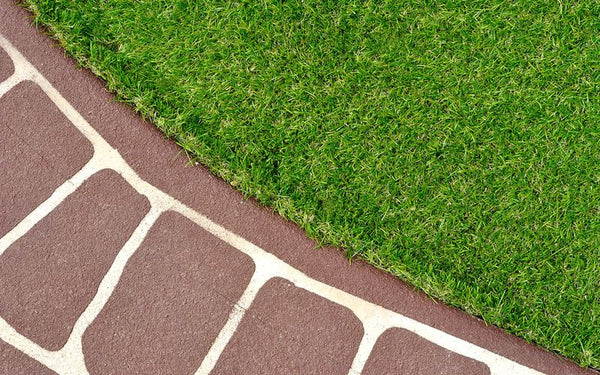If you live in California, then you know that the state is currently in a severe drought. The things that make California the envy of the rest of the United States—its sun and mild weather—also mean that most residents, especially in the densely-populated areas, don’t experience much rain or snow during fall and winter months. Summers can mean baked, dry grass. Our hills turn to yellow gold.
This year, watering our lawns is a thing of the past as many areas are put under water restriction. But that doesn’t mean residents have to live with brown, dead lawns. Artificial grass or turf is an economical and visually appealing alternative. Not only that, it could save you thousands of dollars.
Most people of artificial grass as looking plastic and fake-looking, but today’s artificial grass has the look of lush, freshly cut lawns. Astroturf is a thing of the past. The advantages of artificial grass in a water-restricted area don’t just extend to not having to water it, however. Removing grass means fewer allergies and exposure to chemicals in fertilizers. Most artificial grasses are maintenance free—they won’t bunch up, you can’t see the seams and you don’t need to cut or water it.
Artificial grass is also child, pet and critter friendly. Dogs, cats and gophers don’t tear up artificial grass, leaving unsightly holes and mounds of dirt and torn grass. But best of all in the list of advantages is that many areas in California are offering tax rebates for removing natural grass and replacing it with maintenance-free, waterless artificial turf.
Depending on your region, residential tax rebates are in place now. In both northern and southern California, several water districts are offering rebates. Although the rebates vary and they are generally given on a first-come, first-serve basis, rebates can start anywhere from $2.00 per square foot of removed lawn, or more.
The popularity of the rebate programs is growing – and water districts are adopting the programs at a quick rate, based on real data. A Southern California case study, conducted over nine years, proved that gardens incorporating alternative-material ground cover managed to use 83% less water. The study calculated that if lawns in the greater Los Angeles area replaced water-hungry grass with turf, the 300,000 acre feet of water could be saved per year.
This was equivalent to the water needs of 2,000,000 southern Nevada residents per year, according to the study. For condominium associations, which typically require landscaping uniformity, adopting synthetic, maintenance-free turf could save homeowners thousands of dollars per year in landscaping maintenance fees; homeowner’s dues could decrease as a result. Tax rebates can also be realized for associations, further saving money in annual dues. Lower homeowner’s dues could mean increased property value as potential buyers are attracted to condos with lower monthly dues and a higher owner payment percentage.
Commercial lawns and businesses can also enjoy tax rebates under the same programs. Many office parks that desire a uniform, green landscape to contrast with the usually sterile look of the buildings typically have high landscaping costs. Artificial turf would both that cost while offering the aesthetic beauty office parks require.
Check your local water district’s website to see whether they offer tax rebates in your area for installing artificial turf. Southern California’s website, for example, is socalwatersmart.com. In general, water district rebate programs will require homeowners to follow guidelines in order to qualify for the rebate. Those guidelines vary, but may include points such as ensuring the replacement turf or plants does not include live turf, and isn’t smothered by concrete or structures.
If you’re ready to realize the savings that come with removing costly lawn and replacing it with beautiful, lush, maintenance-free turf that saves you money through rebates and annual costs, make sure to work with turf companies that offer the right kind of turf. That means ensuring the turf is latex-free and also free of chemicals.
Ask if the turf is recyclable or not – living sustainably means ensuring the material you do install is environment-friendly. The turf dealer should also be able to tell you if the turf qualifies as a California tax rebate item.

